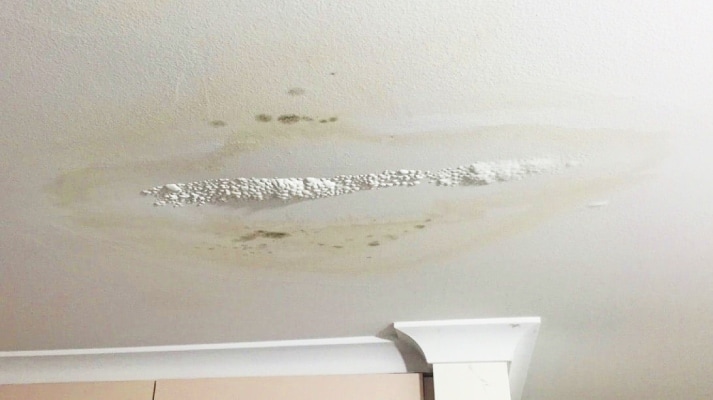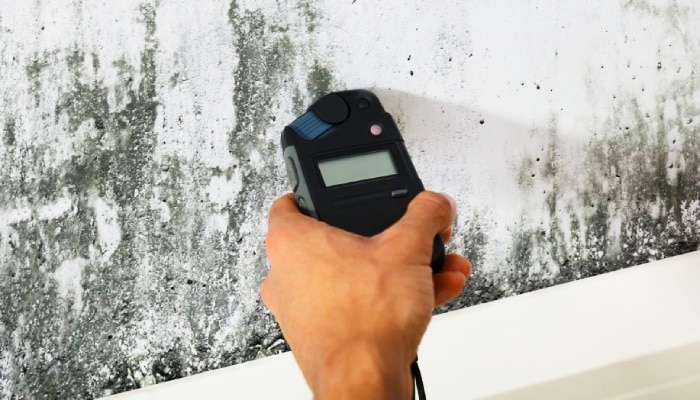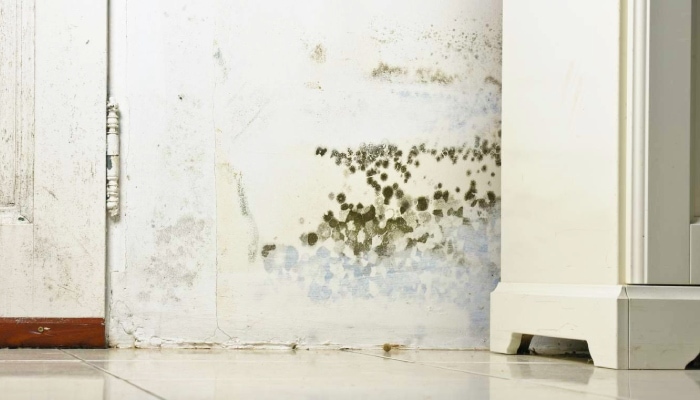Water is essential for life, but when it infiltrates our homes where it shouldn’t, it can lead to a host of problems, one of the most insidious being mold growth. Mold is not only unsightly but can also have serious health implications. In this blog post, we will explore the relationship between water seepage and mold in the home. Understanding how these two are interconnected is crucial for preventing mold-related issues and maintaining a healthy living environment.
The Anatomy of Mold
Mold is a type of fungus that plays an essential role in the ecosystem by breaking down dead organic matter. It thrives in damp and humid environments, making it a common intruder in homes with moisture issues. Mold reproduces through tiny spores that are present in the air, and when they find suitable conditions, they can quickly multiply and form colonies. These colonies are responsible for the unsightly patches of mold that we often see on walls, ceilings, and other surfaces.

Water Seepage: The Silent Culprit
Water seepage occurs when water infiltrates your home through cracks, leaks, or gaps in the foundation or walls. It’s often a silent culprit, slowly causing damage over time without immediate notice. This seeping water can come from various sources, including rainwater, groundwater, burst pipes, or even condensation. When water finds its way into your home’s structure, it creates an environment that is ideal for mold growth.
How Water Seepage Leads to Mold

Moisture Accumulation
Mold requires moisture to grow, and water seepage provides an abundant source of it. Even a small, consistent source of moisture can lead to mold infestations over time.
Dark and Hidden Spaces
Water seepage often occurs in concealed spaces like basements, crawl spaces, and behind walls. These areas are typically dark and not well-ventilated, creating the perfect conditions for mold growth.
Temperature
Mold prefers temperatures between 77 and 86 degrees Fahrenheit (25-30 degrees Celsius). Many homes maintain this range, making them susceptible to mold growth if the other conditions are met.

Nutrient Source
Mold feeds on organic materials, which can be found in abundance in your home. Drywall, wood, and even dust provide ample nutrients for mold to thrive.
Effects of Mold on Your Health
Mold is not just an aesthetic problem; it can have severe health implications. Exposure to mold can lead to a variety of health issues, including:
Respiratory Problems
Mold spores can be inhaled, leading to coughing, wheezing, throat irritation, and exacerbation of pre-existing respiratory conditions such as asthma.
Allergies
Mold can trigger allergies, causing symptoms like sneezing, runny or stuffy nose, and itchy, watery eyes.
Skin Irritations
Direct contact with mold or contaminated surfaces can result in skin rashes and irritation.
Sinus Infection
Prolonged exposure to mold can lead to sinus infections, with symptoms like congestion, headaches, and facial pain.
Immune System Compromises
Mold exposure can weaken the immune system, making individuals more susceptible to other infections and illnesses.

Preventing Water Seepage and Mold Growth
Prevention is the key to avoiding the problems associated with water seepage and mold. Here are some steps to help you maintain a mold-free home:
Regular Inspections
Conduct routine inspections of your home, especially in areas prone to water seepage like basements and crawl spaces. Look for signs of water intrusion, such as dampness, stains, or visible water.
Maintain Proper Drainage
Ensure that your home’s drainage systems, such as gutters and downspouts, are in good condition and direct water away from your home’s foundation.
Repair Leaks
Promptly address any plumbing leaks or roof issues. Even minor leaks can lead to significant water damage over time.
Proper Ventilation
Ensure that your home is adequately ventilated, particularly in areas where moisture tends to accumulate. Use exhaust fans in bathrooms and kitchens and open windows when weather allows.
Seal Cracks and Gaps
Seal any cracks or gaps in your home’s exterior to prevent water from seeping in. This includes caulking windows and sealing foundation cracks.
Use Dehumidifiers
In areas where high humidity is a recurring problem, such as basements, use dehumidifiers to reduce moisture levels.
Insulate
Proper insulation can help regulate temperature and reduce condensation, making it less conducive to mold growth.
Monitor Indoor Humidity
Use a hygrometer to measure the indoor humidity levels. Keeping humidity levels below 50% can deter mold growth.
Professional Help
If you suspect mold or water seepage issues in your home, it’s essential to seek professional help. Mold removal specialists can assess the extent of the problem and provide appropriate solutions.

Conclusion
Water seepage is not a benign issue; it can lead to the proliferation of mold in your home, with serious consequences for both your property and health. Understanding the connection between water seepage and mold is the first step in preventing these problems. By taking proactive measures to address and mitigate water seepage issues, you can create a healthier and mold-free living environment for you and your family.



